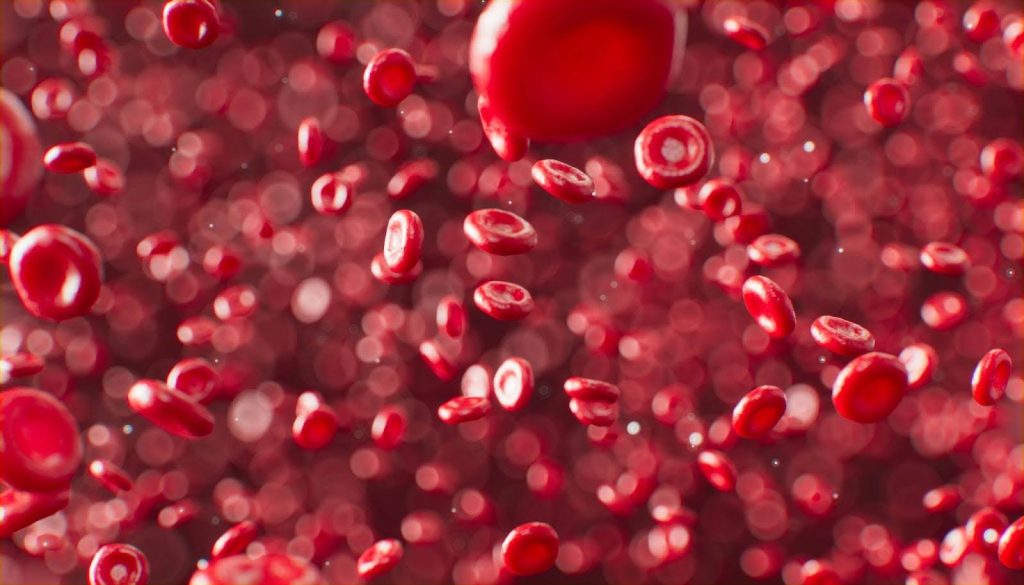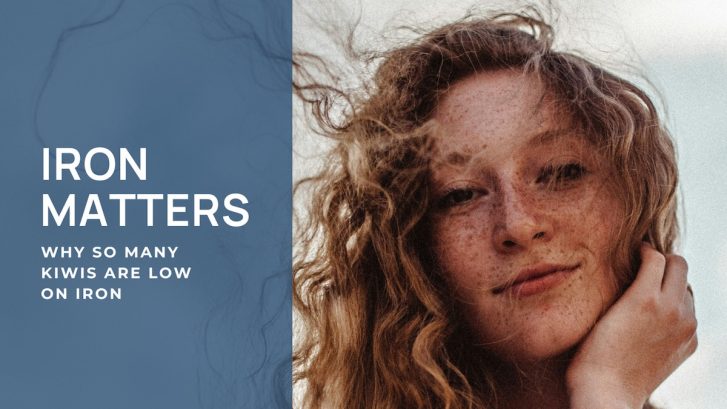At Smith Biomed, we’re committed to helping you take control of your health with the right information and convenient tools like our Ferritin (Iron Deficiency) Test
Here’s what you need to know about why iron matters, how to spot a deficiency, and what you can do to manage it.
Why Iron Is Essential for Everyday Health
Iron is a vital mineral that helps your body produce haemoglobin, the protein in red blood cells that carries oxygen. Without enough iron, your body struggles to fuel its systems, affecting everything from your brain function to your immune response.
Common signs of low iron include:
- Ongoing fatigue or weakness
- Shortness of breath
- Dizziness or light-headedness
- Pale skin or brittle nails
Dr Libby describes iron deficiency as “an epidemic” among New Zealand women, often due to factors like menstruation, low iron intake, or poor absorption.

The Difference Between Iron Deficiency and Anaemia
It’s important to understand that iron deficiency is not the same as anaemia, though one can lead to the other. Iron deficiency is the stage where your body’s iron stores begin to run low. Anaemia develops when this shortage becomes severe enough to reduce haemoglobin levels.
We recently explored this distinction in our blog,”Unraveling Iron Health: What Is the Difference Between Iron Deficiency and Anaemia?”
Knowing which stage you’re at is key to choosing the right intervention.
How to Know if You’re Low: Ferritin Testing at Home
The best way to assess your iron status is through a ferritin test, which measures your stored iron levels. If your ferritin is low, it’s a clear sign that your body is running on empty even before anaemia develops.
The Smith Biomed Ferritin (Iron Deficiency) Test is a simple finger-prick test you can use at home. You’ll get reliable results in minutes, helping you decide whether to consult your GP or consider dietary changes or supplements.
With early detection, iron deficiency can often be managed before more serious symptoms appear.
Who’s Most at Risk of Iron Deficiency?
Some groups are more likely to struggle with low iron:
- Women of reproductive age (especially with heavy periods)
- Vegetarians or vegans with limited dietary iron
- People with digestive conditions like coeliac disease
- Athletes or those with high physical demands
If you fall into any of these categories and feel consistently tired, it may be time to check your levels.
Supporting Your Iron Naturally and Safely
If your ferritin test reveals low iron, increasing your intake through food is often the first step
Iron-rich foods include:
- Red meat, liver, and chicken
- Legumes, tofu, and leafy greens
- Iron-fortified cereals and grains
Vitamin C helps improve absorption, so pair iron-rich foods with fruits like oranges or kiwifruit. But it’s equally important not to self-diagnose or over-supplement without medical advice, especially as excess iron can be harmful.

Take charge of your energy and wellbeing. The Smith Biomed Ferritin (Iron Deficiency) Test offers a simple, fast, and trusted way to monitor your iron stores from the comfort of home.
Explore the test here and check in with your iron health today.

